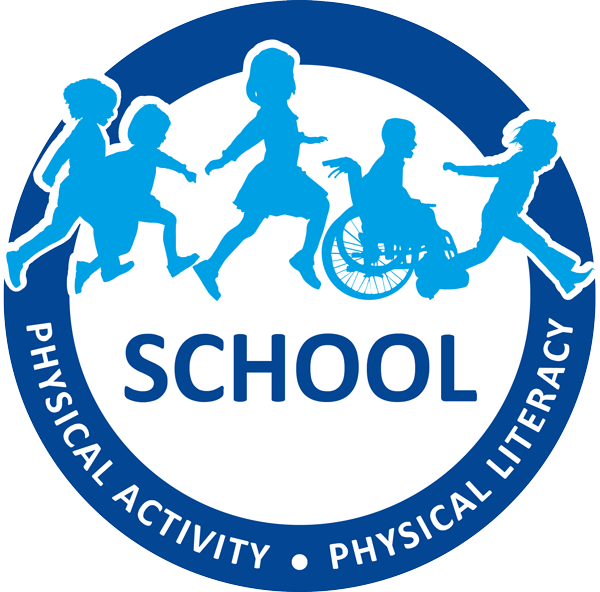As fall sets in across the province, students’ attitudes towards physical activity can start to change—just like our own! While fun is easy to experience when it’s sunny and warm, the rainy BC days can impact all of our enthusiasm for play and enjoyment of activity, especially outside.
How can we encourage our students to stay motivated and confident in being physically active, when the weather isn’t always on our side? A great step is understanding what motivates students:
Keep Activities Engaging and Social
Students love participating in activities that provide fun and friendship; these should always be prioritized when planning movement opportunities. Social elements of physical activity have an impact on the motivation component of physical literacy. By choosing activities that students like and involving them in some of these choices, you can associate fun with physical activity.
There are some things that most students don’t find enjoyable, too. Try to avoid:
- long waits for their turn,
- complicated instructions,
- overly competitive games,
- games that frustrate because the skill requirements are too great,
- games that aren’t fair,
- elimination games (e.g., dodgeball),
- repetitive activities, and
- norm-based standards.
Ensure Activities are Developmentally-Appropriate
Students have the most fun when the activity is in their challenge zone. If the task is not difficult enough for their skill level, they become bored. If the activity involves a task that is too difficult for their skills, then they often find it frustrating; Sometimes, students won’t want to do an activity or skill because they are not developmentally ready, either physically or cognitively. ]
Modify the rules or equipment to keep activities challenging enough so that students can master them 60-70 percent of the time, and try not to force a student to do something they seem to be resisting.
Show Your Support
Students thrive in environments where there is lots of support and encouragement. They typically prefer personal development and improvement over competition.
Educators, coaches, parents and peers also all play a vital role in the physical literacy process—because nothing beats positive feedback! Reinforcing a student’s achievements through observations, compliments or questioning helps a student feel a sense of pride in their improvements and growth.
Help Students Make Sense of Emotions
After your next physical education class or classroom movement break, try asking your students these questions:
- How are you feeling after that game?
- You two were working well as a team! How did that make you feel?
- What do you think we could have changed to make that activity less frustrating?
- How did you feel when you lost that game?
- You have improved your catching. How does that make you feel?
- You looked like you were having fun. What did you like about that activity?
- What was it like to be the last one to be tagged?
These questions help students put words to their emotions. If the experience wasn’t positive for them, help them understand why and develop ways that it could be more enjoyable next time
Learn more about the confidence and motivation components of physical literacy in the following resource, and dive deeper into motivation itself through our Building Motivation for Physical Activity activity booklet.

